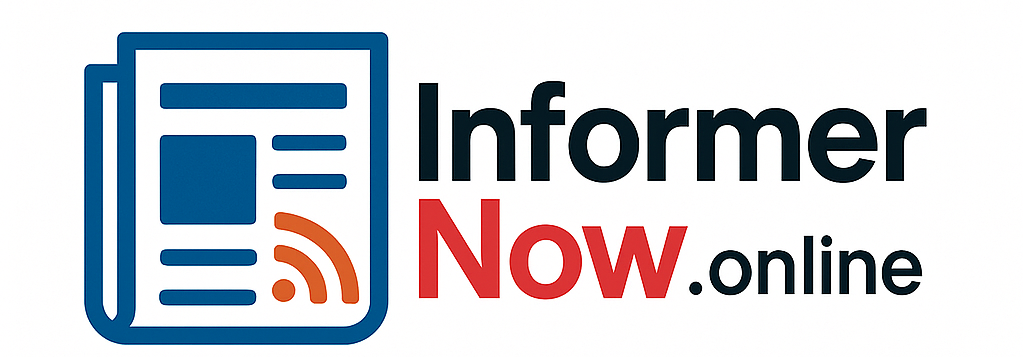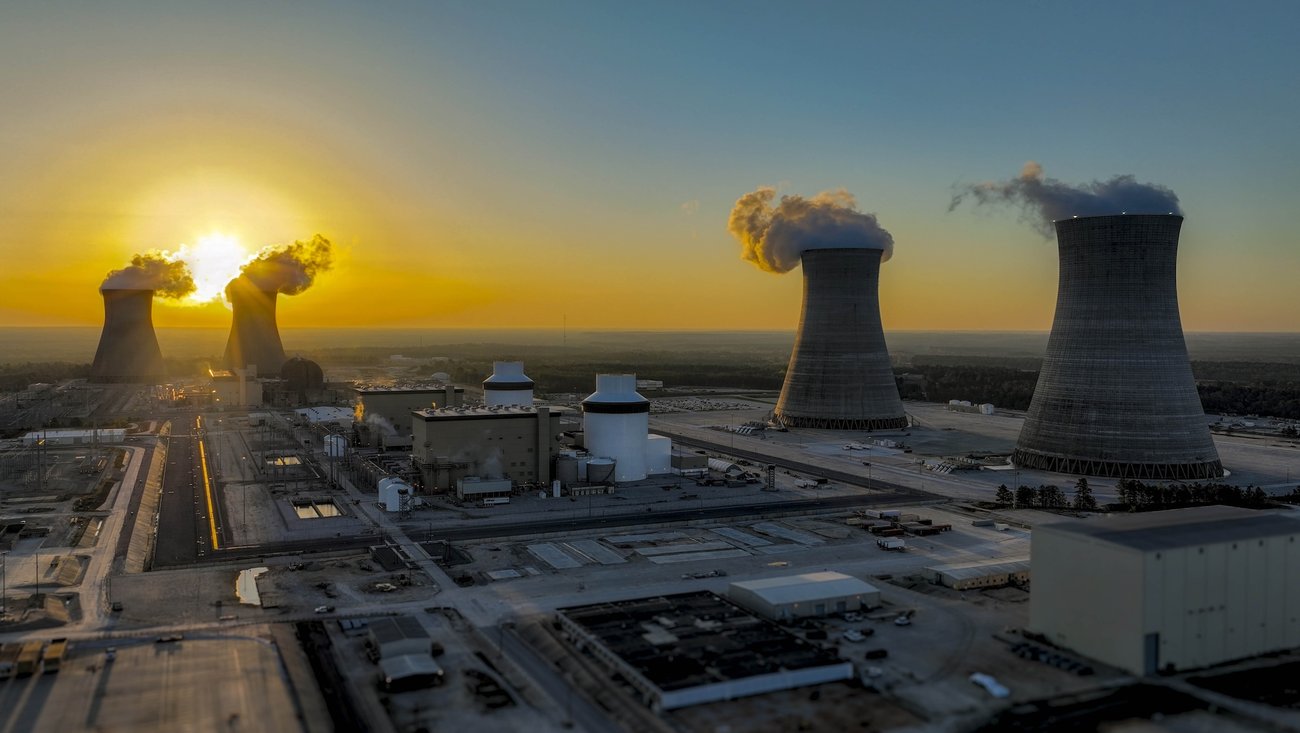A foundation for AI
Westinghouse CEO Dan Sumner has stressed that AI-driven decision-making optimization is essential to making nuclear power a viable investment for utilities and addressing energy urgency. A major factor in the partnership’s success has been Westinghouse’s AI readiness.
The company already established its own proprietary AI infrastructure, Hive, designed specifically to meet nuclear’s stringent regulatory and export-control frameworks. They also developed Bertha, a generative AI assistant that instantly accesses 75 years of meticulous nuclear knowledge and documentation at Westinghouse. Google engineers were impressed that a 140-year-old company had quietly assembled the exact foundation needed to deploy AI securely in a heavily regulated environment.
Building on data
The core AI innovation targets the construction process — historically 60% of reactor costs. Until recently, construction management relied on spreadsheets and paper documents, leading to delays that cascaded across thousands of interdependent tasks. But with AI, Westinghouse turned decades of documentation to its advantage.
The new AI system combines the companies’ AI models and prediction tools with Westinghouse’s WNEXUS, a 3D digital twin of its reactors. When combined with current and historic data, the system can predict bottlenecks, optimize construction task sequences, adjust staffing levels, and account for external factors like supply chain constraints.







